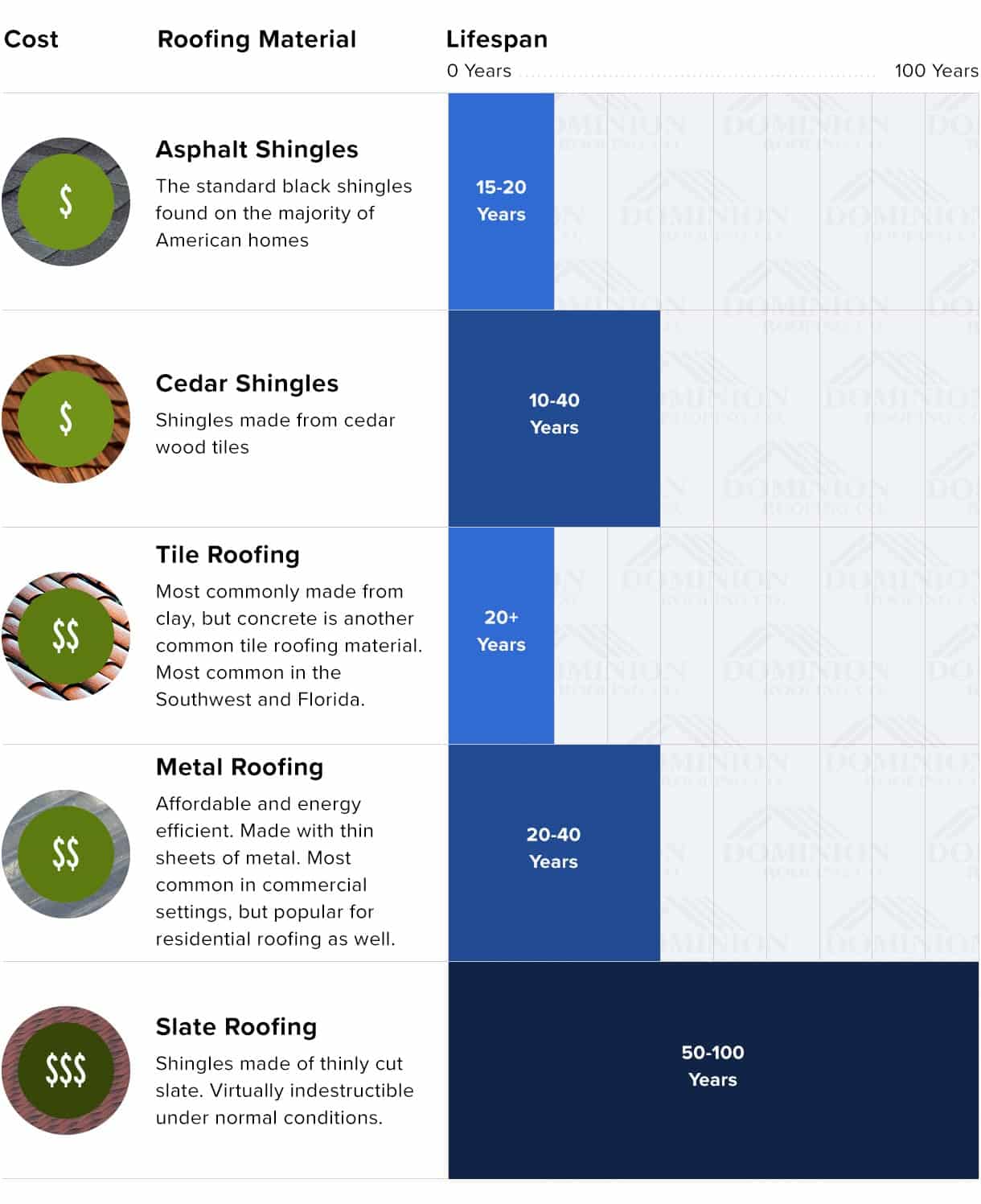The Expedition To Identify The Optimal Photovoltaic Panel Type For Your Household Begins At This Moment, With Important Considerations Awaiting Your Focus-- Are You All Set To Proceed?
The Expedition To Identify The Optimal Photovoltaic Panel Type For Your Household Begins At This Moment, With Important Considerations Awaiting Your Focus-- Are You All Set To Proceed?
Blog Article
Web Content Create By-Martin Calhoun
When it comes to choosing the right photovoltaic panels for your home, the options can be overwhelming. Each type uses unique benefits and trade-offs, making it crucial to determine which variables align best with your goals. Whether your focus is on performance, cost-effectiveness, or looks, there's a photovoltaic panel kind that can deal with your requirements. So, prior to you decide, consider the important aspects that will influence your solar energy system's performance and suitability for your home.
Monocrystalline Solar Panels
When thinking about photovoltaic panels, you may come across monocrystalline photovoltaic panels. These panels are recognized for their high performance prices due to their building from a single continual crystal structure. This style enables monocrystalline panels to perform much better in reduced light conditions compared to other types of solar panels. Furthermore, solar energy panel consultants colorado makes them a prominent selection for residential installments, blending in perfectly with the majority of rooftops.
One crucial benefit of monocrystalline solar panels is their space efficiency. They require less room to produce the exact same amount of power as other solar panel types, making them excellent for homes with limited roof covering room.
While monocrystalline panels have a tendency to be much more costly upfront, their long-lasting toughness and efficiency typically make them a cost-efficient investment in the realm of solar energy. If you focus on efficiency and aesthetics in your solar panel option, monocrystalline panels could be the best choice for your home.
Polycrystalline Solar Panels
Polycrystalline solar panels, additionally called multicrystalline photovoltaic panels, use an alternative choice to monocrystalline panels. These panels are made from silicon crystals that are thawed with each other, creating a much less uniform look compared to monocrystalline panels.
Among the essential advantages of polycrystalline panels is their reduced manufacturing expense, making them an extra budget-friendly alternative for property owners wanting to buy solar power.
While polycrystalline panels might have a slightly reduced efficiency price contrasted to monocrystalline panels, they still use a dependable and cost-efficient method to generate solar energy for your home. https://www.dailymail.co.uk/sciencetech/article-11645041/Britain-Saudi-Arabia-working-solar-panels-SPACE-beam-power-North-Sea.html perform well in heats and are a sturdy choice for a range of climates.
If you have a larger roof room and are aiming to maximize your power manufacturing without breaking the financial institution, polycrystalline panels could be the appropriate choice for you.
When considering solar panel options for your home, it's important to consider the cost-effectiveness and effectiveness of polycrystalline panels versus your energy demands and spending plan restrictions.
Thin-Film Solar Panels
Carrying on to Thin-Film Solar Panels, these panels supply a distinct option to conventional silicon-based options like polycrystalline panels. Thin-film panels are lightweight and versatile, making them easier to mount on different surface areas like bent roofs or wall surfaces. They're additionally much more visually pleasing, blending in seamlessly with the style of your home.
Nevertheless, it's essential to note that thin-film panels normally have lower performance prices compared to crystalline silicon panels. This implies you may need even more space to generate the very same amount of electrical power.
On the bright side, thin-film panels do much better in low-light problems and have a reduced temperature level coefficient, indicating they can produce even more energy on warm days. If you have adequate space and are searching for a functional and aesthetically appealing photovoltaic panel alternative, thin-film panels could be a fantastic choice for your home.
Final thought
Finally, when selecting the most effective solar panel kind for your home, consider your energy requires, spending plan, and space constraints. Monocrystalline panels give high efficiency in limited space, while polycrystalline panels supply an economical choice with reliable performance. Thin-film panels provide adaptability and visual allure however might have reduced efficiency prices. By considering these elements, you can pick the photovoltaic panel kind that finest fits your particular needs.
